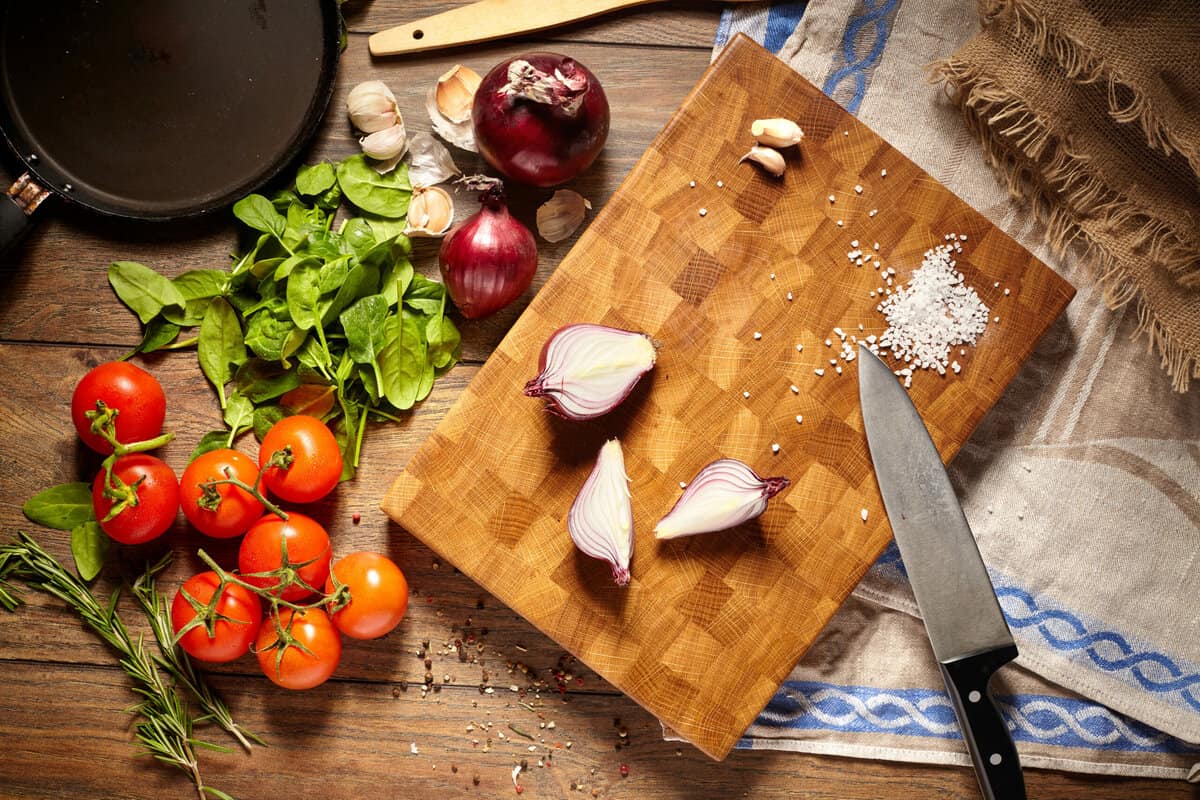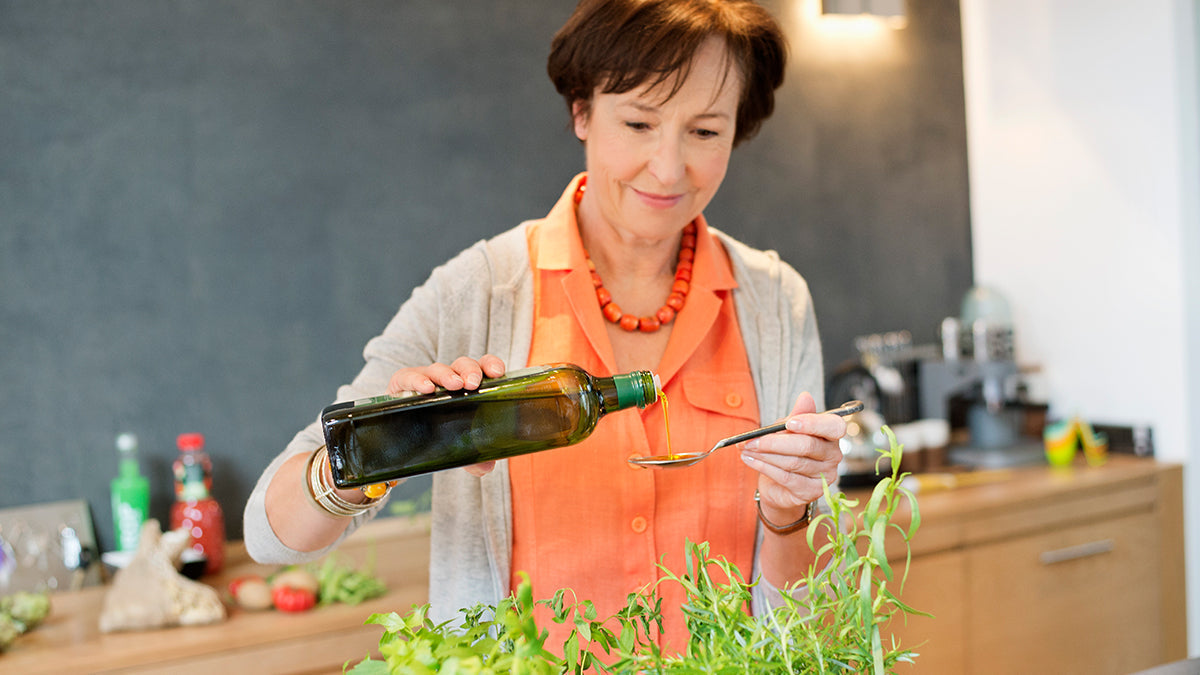Palm oil is a commodity found in countless products, from food to cosmetics. But have you ever wondered how palm oil is harvested? The journey from palm plantations to the final product on your kitchen shelf is complex and fascinating. This article dives deep into the intricate process of palm oil harvesting, providing an insightful overview that meets the needs of kitchen professionals and anyone curious about sustainable agricultural practices.
Palm oil is derived from the fruit of the oil palm tree (Elaeis guineensis), primarily grown in tropical regions. Known for its versatility, palm oil is used in manufacturing a wide array of products, including cooking oil, margarine, detergents, and even biodiesel. The process of palm oil harvesting is labor-intensive yet incredibly efficient, producing oil yields far greater than any other oil crop.

The Lifecycle of an Oil Palm Tree
Before diving into the harvesting process, it's crucial to understand the lifecycle of an oil palm tree. Typically, oil palm trees can live for 25 to 30 years, with the prime harvesting period occurring between the ages of 3 and 20 years. These trees can reach heights of up to 20 meters, making them quite imposing.
Planting and Germination
The journey begins with planting seedlings in nurseries where they mature before being transplanted to plantations. Young oil palm trees require sufficient sunlight, water, and nutrients to thrive. After about 12 months in the nursery, these saplings are ready for the fields.
Fruit Development
Once planted in the plantation, oil palm trees begin to bear fruit within three to four years. The fruit grows in large clusters known as fresh fruit bunches (FFBs), which can weigh between 10 to 25 kilograms. These FFBs are ready for harvest once they turn a reddish-orange color, indicating ripeness.

The Harvesting Process: Methods and Techniques
Understanding how palm oil is harvested involves exploring different techniques, which range from manual labor to mechanized processes. Regardless of the method used, the ultimate goal remains the same: to maximize yield while ensuring the sustainability of the plantation.
Manual Harvesting
In many smaller plantations and traditional farming communities, manual harvesting is the norm. Workers use long-handled sickles or machetes to cut the ripe FFBs from the trees. Given the height of mature oil palms, this can be a challenging and dangerous task, requiring skill and precision.
Mechanized Harvesting
Modern large-scale plantations often use mechanized harvesting techniques to improve efficiency. Tools like motorized cutters and automated climbing devices have been introduced to ease labor intensity and speed up the harvesting process. Additionally, mechanized tools can reach greater heights, allowing for more fruit to be harvested per tree.

Post-Harvest Processing: from Field to Factory
Once harvested, the FFBs need to be processed quickly to extract the palm oil. Timing is crucial, as delays can lead to a degradation of oil quality.
Transportation
Immediately after being harvested, the FFBs are transported to a processing mill. In large plantations, this is often done using trucks and conveyor systems. Ensuring the fruit reaches the mill quickly is vital for maintaining oil quality.
Threshing and Sterilization
At the mill, the FFBs undergo a process called threshing, which separates the fruit from the bunches. The loose fruits are then sterilized through a steaming process to halt enzymatic activity, which could otherwise degrade the oil quality.
Extraction and Clarification
Following sterilization, the fruit goes through a mechanical pressing process to extract crude palm oil (CPO). The oil is then clarified to remove impurities and water. This crude oil can either be sold as is or further refined to produce various grades of palm oil for different applications.

Sustainability Concerns
One cannot discuss the palm oil industry without addressing sustainability. The industry has faced significant criticism due to deforestation, habitat destruction, and unethical labor practices. However, efforts are underway to promote sustainable palm oil production.
Certified Sustainable Palm Oil (CSPO)
Organizations like the Roundtable on Sustainable Palm Oil (RSPO) work towards certifying sustainable practices in palm oil production. Certified Sustainable Palm Oil (CSPO) ensures that the oil is produced with minimal environmental impact and fair labor practices.
Technological Innovations
Innovations in agriculture technology are also helping to make palm oil production more sustainable. Techniques like precision agriculture, drone monitoring, and satellite imagery are being used to optimize yields while minimizing environmental impact.
Frequently Asked Questions
What are the main uses of palm oil?
Palm oil is used in numerous products, including cooking oils, margarine, chocolate, soaps, and shampoos. Its versatility and efficiency make it a popular choice in various industries. For more insights, check out our article on palm oil benefits.
How can I ensure the palm oil I use is sustainably sourced?
Look for products with the RSPO label, indicating they contain Certified Sustainable Palm Oil (CSPO). Supporting brands committed to ethical and sustainable practices can make a significant difference. You may also want to read our piece on sustainable farming.
Is palm oil harmful to health?
Palm oil itself is not inherently harmful when consumed in moderation. However, the types of processed foods containing palm oil can be high in unhealthy fats and additives. It's always best to consume such products in moderation and focus on a balanced diet. For more on health impacts, visit our section on food safety.
For further insights on sustainable agriculture, visit RSPO's official website.
For kitchen maintenance tips, see the OvenClean guide.
As an Amazon Associate, I earn from qualifying purchases.






Leave a comment
This site is protected by hCaptcha and the hCaptcha Privacy Policy and Terms of Service apply.